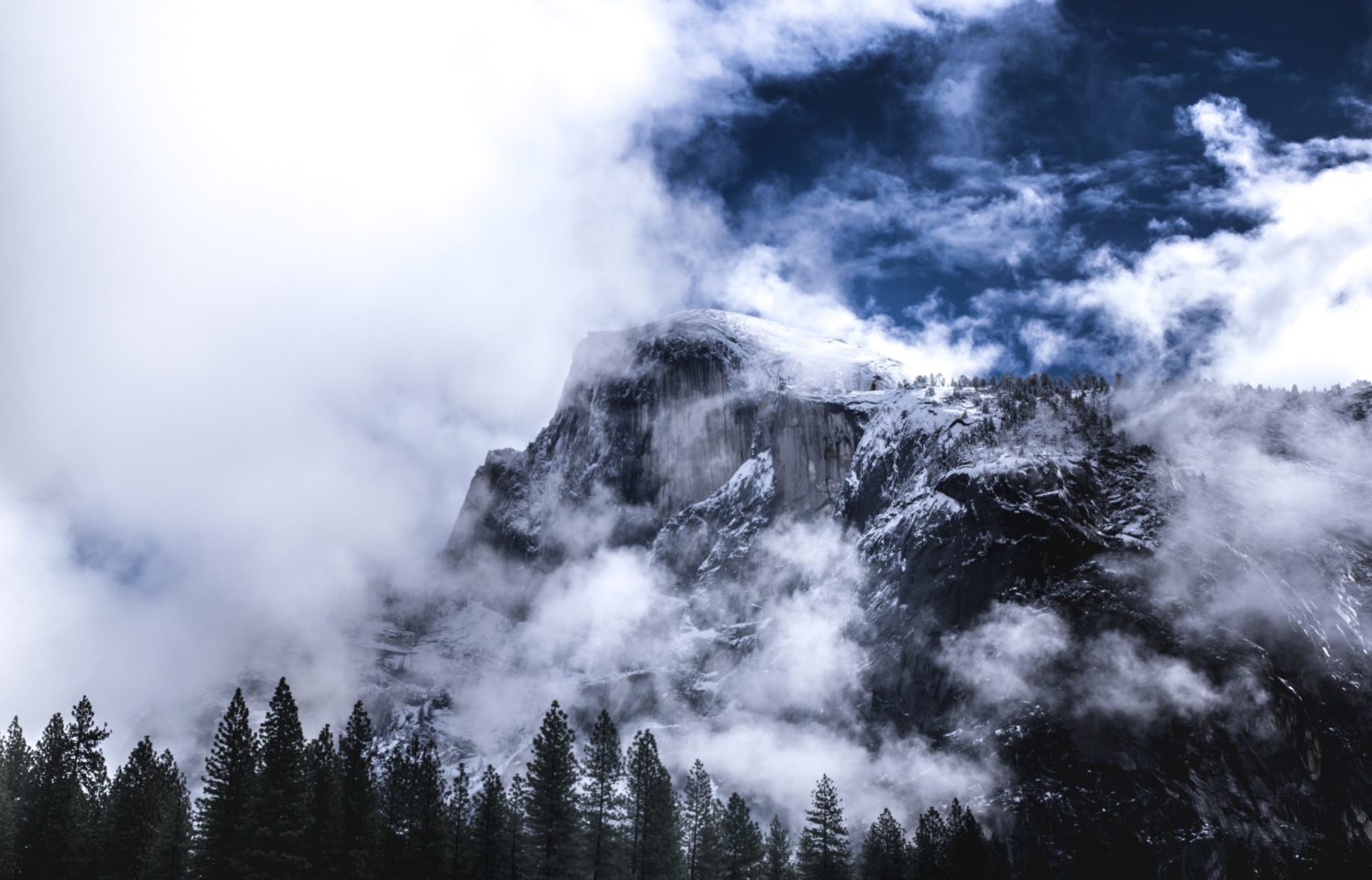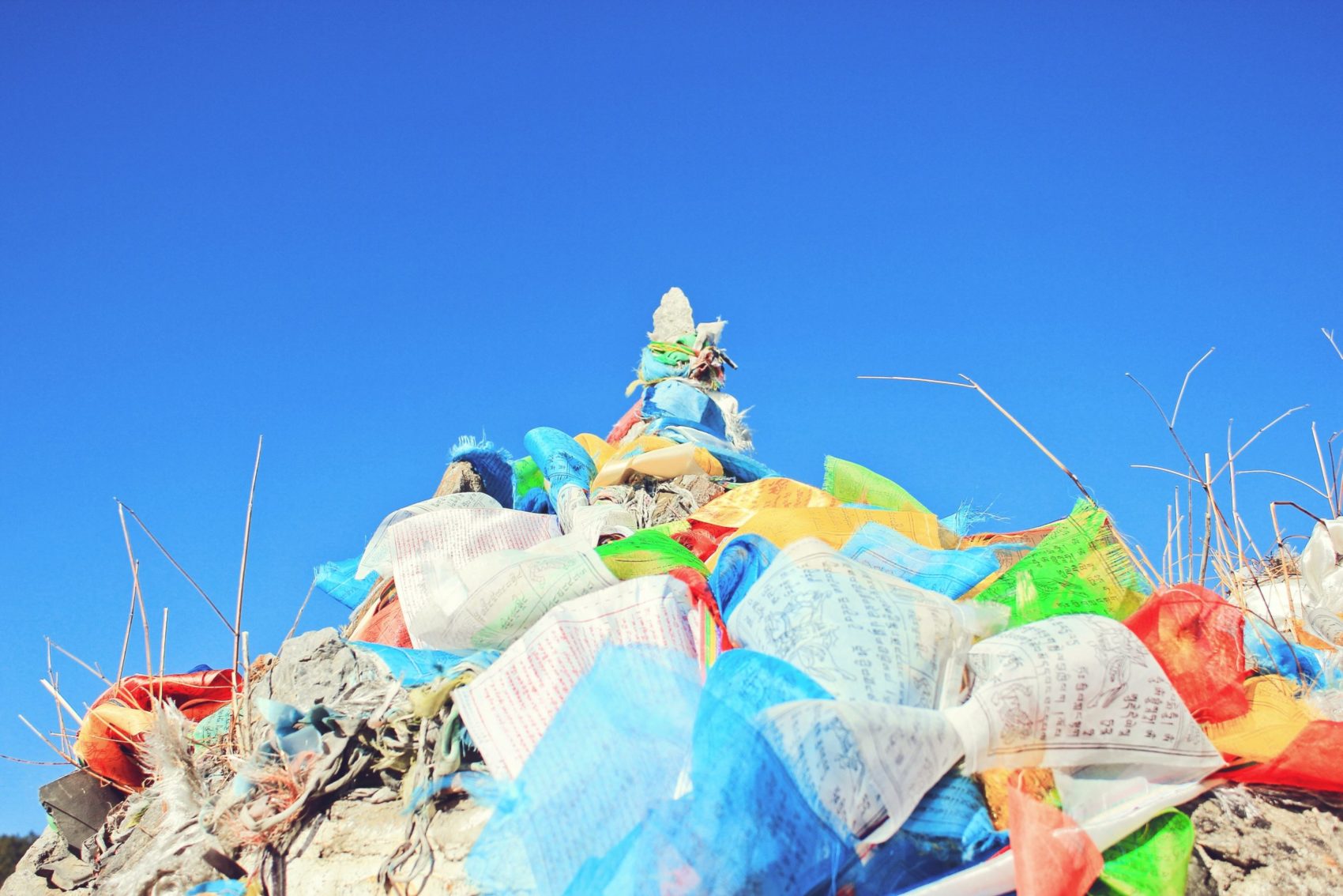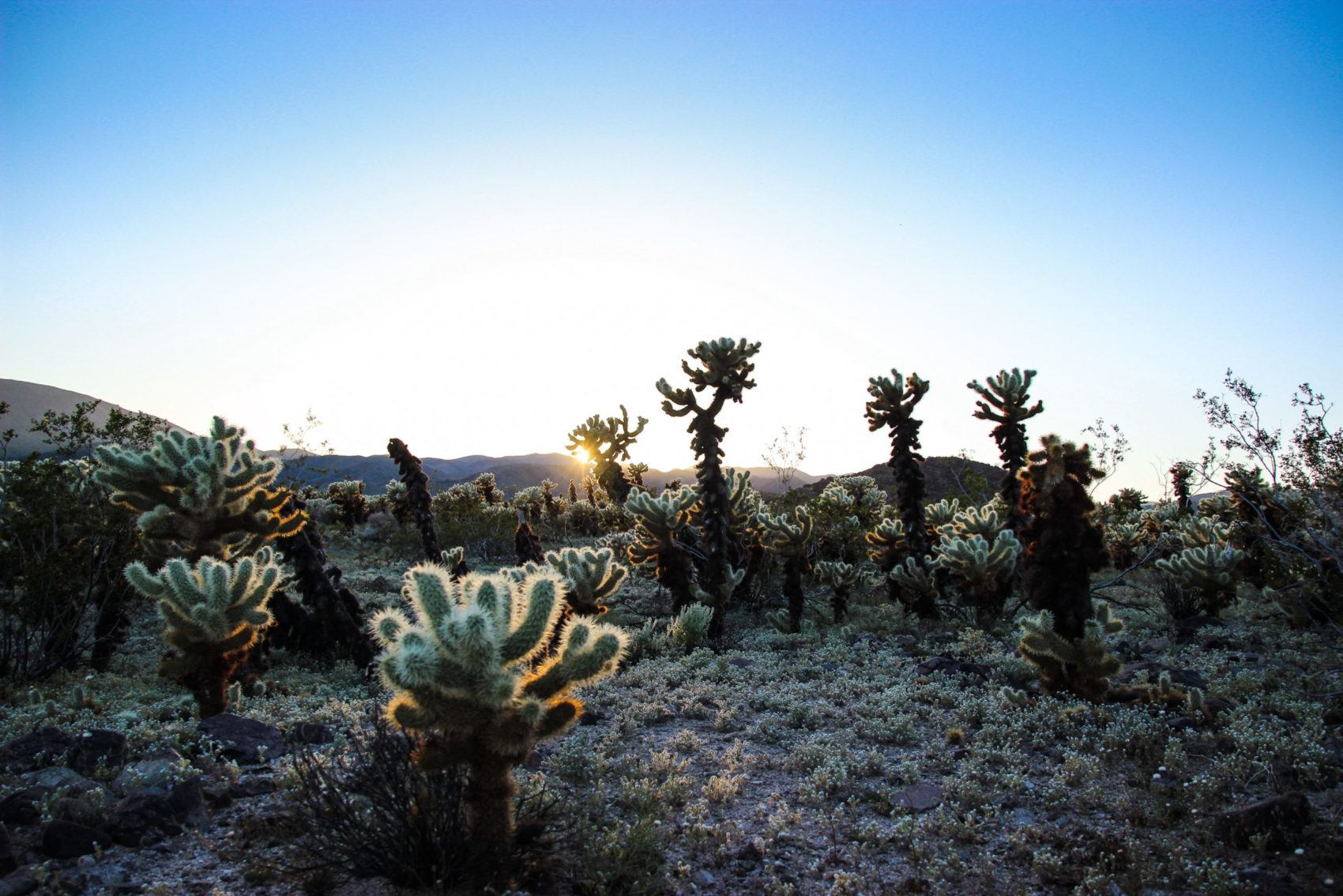
Scientists analyzing soil samples from U.S. National Parks, including the Grand Canyon and Joshua Tree, were shocked to recently discover a “global plastic cycle” akin to the Great Pacific Garbage Patch. The group of scientists, led by Janice Brahney, a biochemist from Utah State University, were examining how wind-blown dust delivers nutrients to distant ecosystems when they started to notice numerous brightly colored fragments in the soil.
- Related: Hawaii to California Swimmer Finds Plastic in ‘Great Pacific Garbage Patch’ Has Increased by 1,000%

“I realized that I was looking at the deposition of plastics, which was really shocking, ” said Brahney who did not initially have the funding to study microplastic pollution, so she did the analysis on her own time. As she told Science Magazine, it was a “very long and stressful year” of evenings and weekends counting nearly 15,000 tiny pieces of plastic, most of them smaller than one-third the width of a human hair.
Brahney and her group set up networks of pilot study plots, in conjunction with the National Atmospheric Deposition Program, to collect dust samples at a network of weather stations normally used to sample rainwater across remote locations of the western U.S. Those soil samples were taken from remote areas, including National Parks and protected lands in the western U.S. Ms. Brahney is the lead author of the publication from her findings entitled: “Plastic rain in protected areas of the United States.” However, she cautions that this is not just a national phenomenon. Evidence of these secondary plastics is found in “nearly every ecosystem on the planet.”
How much plastic?!?!
Brahney found a lot of tiny fibers, likely from clothes, carpets, and other textiles. She also found minuscule particles, about 30% of which were brightly colored spheres. Smaller than the plastic microbeads that have been used in cosmetics and other personal care products, the spheres are components of paints that might be released to the atmosphere during spray painting, she says.
“We created something that won’t go away” and “it’s now circulating around the globe,” Brahney said. According to the group of scientists involved in the study, more than 11 billion metric tons of plastic is expected to accumulate in the environment by 2025. The group estimates that more than 132 pieces of microplastic land on every square meter of wilderness each day. In addition, they estimate that approximately 1,000 metric tons of microplastic particles deposited into the soil of National Parks and protected lands in the western US every year–equivalent to approximately 300 million plastic bottles.
Brahney’s group revealed that the samples contained on average 4% plastic. “That number blew us away,” says Brahney, who had initially expected less than approximately 1% of the soil to contain plastic.
Where did the plastic come from and end up?
After these initial findings, Brahney and Co. were able to develop even more detailed data to identify where all this plastic was coming from using weather models to identify the projected paths of storms 48 hours in advance. Brahney observed that storms that passed over or near larger cities carried more microplastic than other storms. The largest amounts of microplastic were carried by storms over Denver. The scientists were stunned to find that storms over Denver deposited 14 times as much microplastic in the Rocky Mountain National Park, compared with storms that came from other directions. In addition, Brahney reported that pieces of microplastic were also larger than those that settled out of the air in dry weather, suggesting the strong winds of the storms had picked up and deposited heavier pieces of plastic.

A Global Phenomenon?
The scientists also reported that most of the plastic is likely coming from more distant locations. They believe the microplastics are deposited via high-altitude winds rather than regional rainstorms and about 75% of the plastic was deposited during dry rather than rainy weather. Brahney also noticed that some of the deposition patterns were clearly affected by the jet stream. In fact, they noticed that higher elevation testing sites tended to have more microplastic, further implying that the particles move high in the atmosphere. This is the primary reason behind the theory that this is a global system.
The group is now working with atmospheric scientists who specialize in dust transport in order to study how plastic particles move through the atmosphere, where they might come from, and the concentration of them in our atmosphere and the air we breathe. This is obviously not a new problem, it has just been newly discovered.